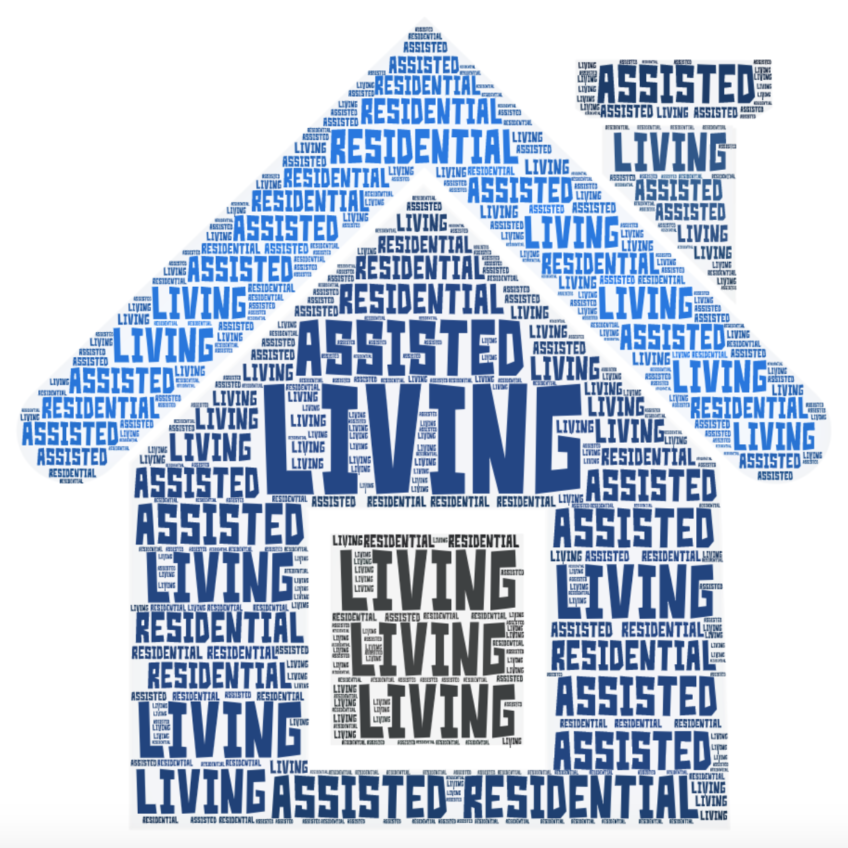
Occupancy in assisted living will continue to trend downward this year, but the good news for operators is that the construction that contributed to occupancy woes will decrease, and average rents will trend upward.
That’s the outlook for 2018 from a new national seniors housing research report from Marcus & Millichap, released Friday. The authors predict similar trends in independent living and memory care, too.
The majority of seniors housing construction is taking place in assisted living, according to the report, with most projects occurring at properties that offer multiple care levels. “More freestanding assisted living units have been removed from inventory than added over the past three years as operators diversify properties to carer to a wider spectrum of seniors’ medical needs in an effort to increase retention,” the report authors said.
They predict 23,800 units constructed this year, with occupancy down 10 basis points to 87.4%.
Oversupply in assisted living still exists, but rent growth remained steady at an average of $4,694 per month in the second quarter, according to the report. The authors predict slow rent growth, 2.1%, with monthly rents topping $4,700, on average.
Assisted living community sales remain “healthy,” too, the report said, with communities that also contain independent living and/or memory care units in high demand because having various levels of service available reduces resident turnover. As the year continues, some investors could be scared away by the heightened number of completions this year as stabilized occupancy continues to decline, according to the report.
Memory care communities are commanding some of the highest average monthly rents among seniors housing property types because residents have greater care and services needs, the authors said. Average monthly rent will be $6,453, they predicted, which represents slower growth than in assisted living.



